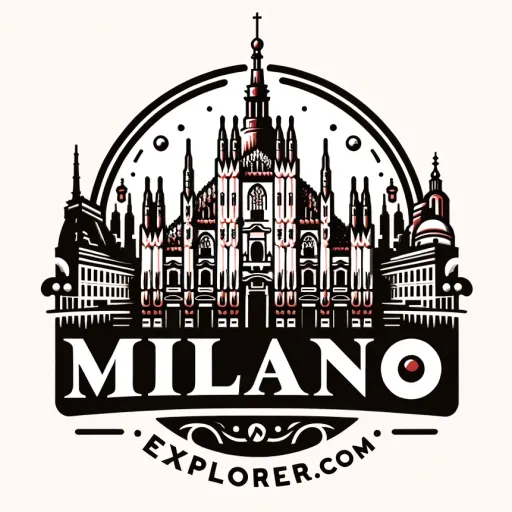Moving to Milan is a desirable prospect for many, attracted by the city’s renown in fashion, design, and culture. Known as a global hub of business and creativity, Milan offers a rich blend of modern dynamism and deep-rooted heritage.
However, relocating to Italy’s second-largest metropolis comes with a set of administrative procedures that one must navigate successfully. Understanding the immigration requirements is a critical step for any expat or future resident.
Whether it’s securing a visa or settling on accommodation, every aspect demands thorough preparation and awareness of local regulations and costs.
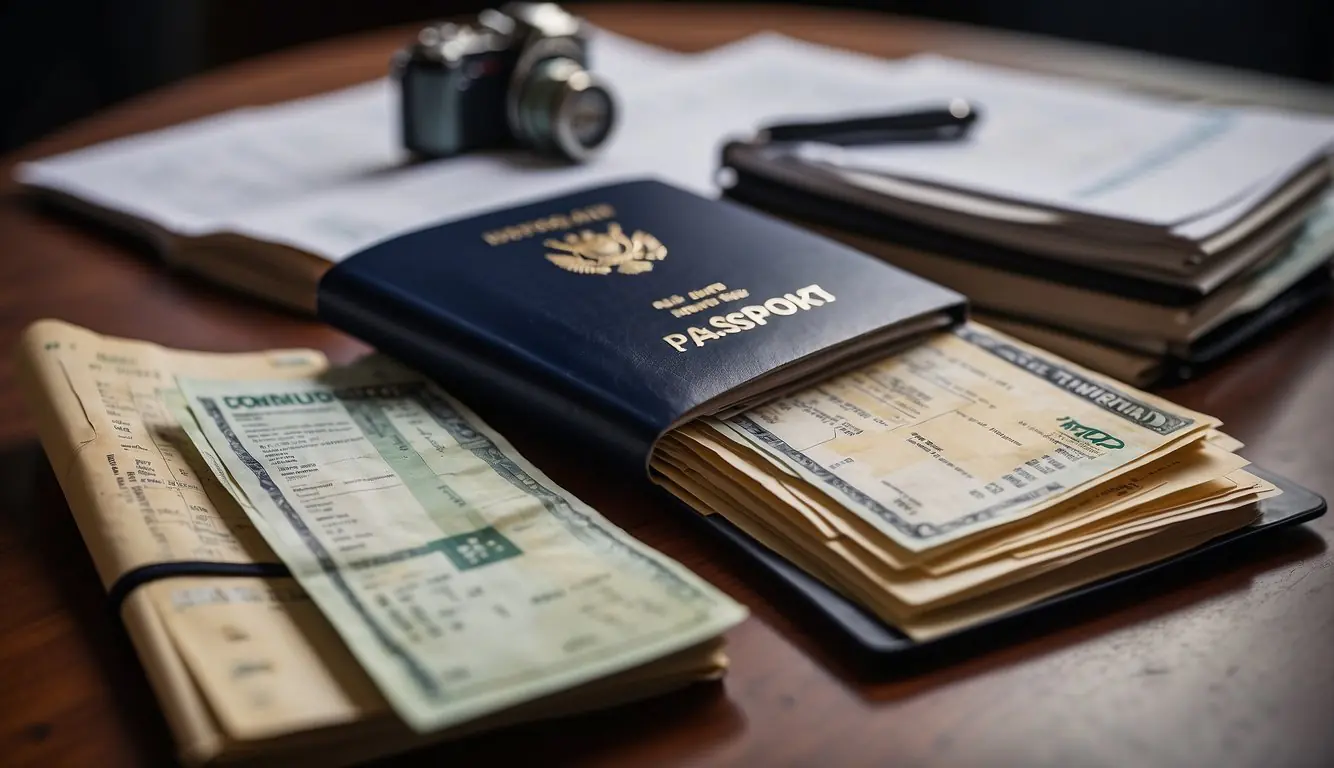
As we strive for a smooth transition to Milanese life, it’s essential to delve into various facets of living in this vibrant city.
Education, employment, and lifestyle opportunities abound, and balancing these with an understanding of healthcare, safety, and overall well-being is key to ensuring a high quality of life after the move.
With the right approach, our move to Milan can be as exhilarating as the city itself, but it demands realistic planning and insightful knowledge of what life in this Italian city entails.
Milan Relocation
Key Takeaways
- Navigating Milan’s administrative procedures for visas and residency is essential for a successful move.
- Cost of living, education, and employment opportunities are pivotal factors that influence life in Milan.
- Integrating into Milan’s culture and lifestyle requires a balanced understanding of transportation, safety, and social aspects.
Understanding Milan’s Districts
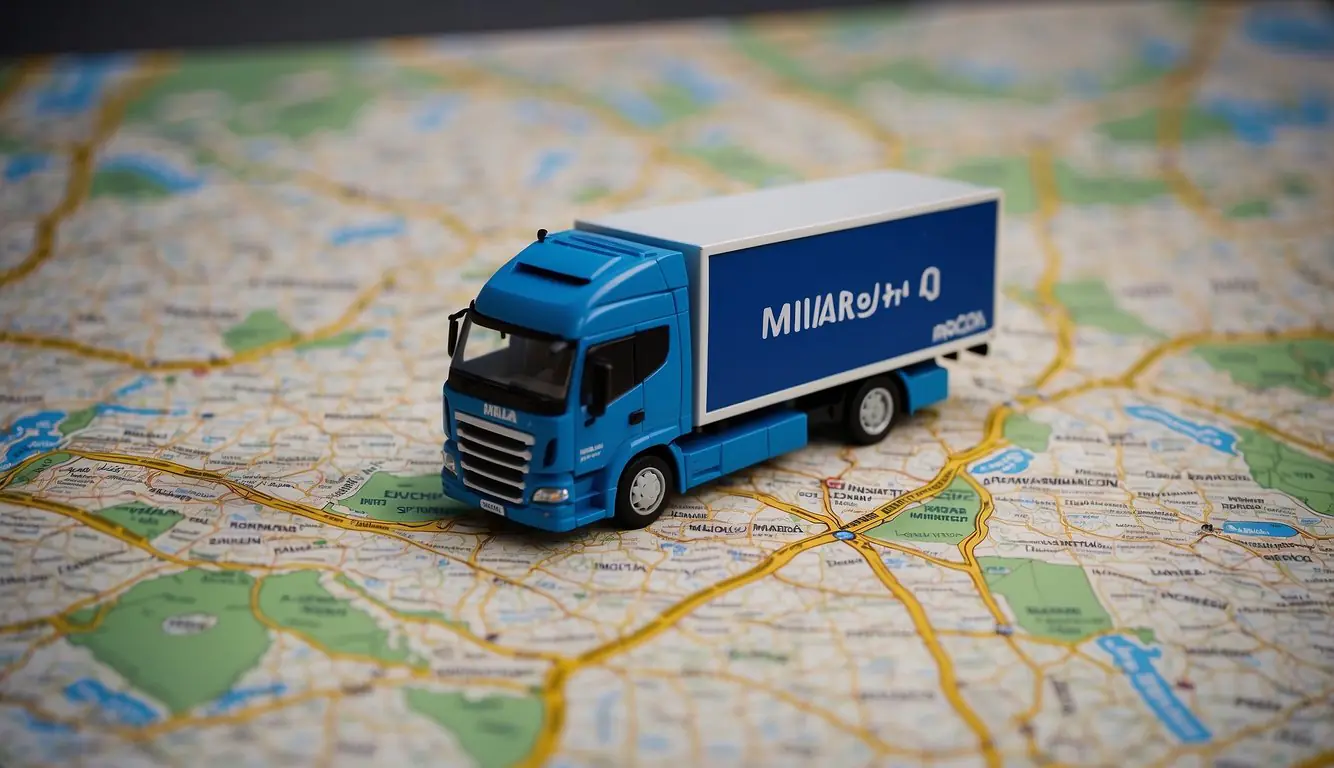
When planning a move to Milan, it’s essential to acquaint ourselves with the city’s diverse districts. Each area offers a unique atmosphere, varying from the historical richness of the city center to the creative flair of trendy neighborhoods.
City Center and Historical Districts
The city center of Milan, often referred to as the historical center, is characterized by its iconic landmarks and upscale living. One of the most notable districts within the city center is Brera. Known for its bohemian vibe, Brera is a fusion of art, history, and sophistication, housing the Brera Art Gallery and a collection of artisan shops.
Adjacent to the city center, we find the Navigli district, named after the system of canals designed by Leonardo da Vinci. While modern in spirit, Navigli retains historical significance as it harmonizes vintage charm with contemporary life, hosting a vibrant nightlife and famous monthly antiques market.
Trendy Neighborhoods and Artistic Areas
For those in search of trend-setting areas, the Isola district is an emblem of urban regeneration, blossoming into a hub for artists and designers. A stroll through Isola reveals mural-covered buildings and chic bars tucked away amid renovated loft spaces.
Furthermore, talking about neighborhoods in Milan without mentioning Navigli would not do justice to the city’s pulsating artistic core. Navigli, once home to Leonardo’s workshops, today hosts a myriad of art studios and galleries, encaps
Visa and Residency Information
Before planning your move to Milan, it’s essential to understand the immigration and visa prerequisites. Depending on whether you’re an EU national or a non-EU national, the requirements will vary significantly. We’ll guide you through the necessary steps to ensure your relocation process is as smooth as possible.
Navigating Immigration for EU Nationals
If you’re an EU citizen, relocating to Milan is relatively straightforward thanks to the freedom of movement within EU member states. This also applies to citizens from EEA countries, Switzerland, Vatican City, Monaco, and San Marino, who do not need a visa to enter or stay in Italy.
However, if you plan to reside in Milan for more than three months, it’s compulsory to register with the local Anagrafe (registry office) and obtain a certificate of residence.
Residence Permits and Visa Types for Non-EU Nationals
For non-EU nationals, the process is more complex. To begin, you must secure a visa for Italy from your home country before arrival. The type of visa required typically depends on your reason for moving – whether for work, family reasons, or study.
For example, work visas may require a nulla osta (pre-approval), which is essential before one can proceed with the visa application. There are multiple visas including the student visa, and elective residence visa, each with specific criteria.
After arriving with the appropriate visa, a permit to stay (permesso di soggiorno) must be applied for within eight days. This residency permit will then allow you to live and, depending on the permit type, work in Milan. Details on proceeding with these applications can be found on the official Portal of the Italian Home Affairs Ministry.
Accommodation and Cost of Living
When moving to Milan, we must consider two vital factors: securing suitable accommodation and understanding the cost of living.
The choice of neighborhood and type of housing significantly affects our daily expenses, as Milan can be an expensive city, with Area C imposing a congestion charge that influences where we might choose to live.
Finding the Right Accommodation
The search for accommodation in Milan should begin by identifying the right district that matches our lifestyle and budget requirements.
Città Studi is popular among students and academics, featuring a vibrant atmosphere.
We should keep in mind that a 1-bedroom apartment in the city center typically costs around €1,410, while the same outside the center is more affordable at approximately €915.
A reliable way to find such accommodations is to access portals like Homelike, which offer extensive listings of available properties.
Managing Expenses and Budgeting
The cost of living in Milan necessitates prudent budgeting. Essential expenses, including utilities, transportation, groceries, and leisure, can add up quickly.
For instance, a family may find that a 3-bedroom apartment in a central location costs about €2,955, while in more suburban areas this price can go down to around €1,848, as reported by the same Homelike source.
We should also consider the added expenditure within Area C, where a congestion charge applies to vehicles in the city’s center, potentially impacting our daily commute and budget.
Education and Student Life
Milan’s educational landscape offers diverse opportunities for both local and international students. Here we discuss the institutions that shape student life in Milan, detailing universities and their facilities, as well as international schools that contribute to a vibrant student community.
Universities and Educational Institutes
Milan is home to several renowned universities that attract students worldwide. The most prestigious of these is Bocconi University, a leader in economics and management studies, fostering a significant international community.
Students have access to a wide range of bachelor’s, master’s, and PhD programmes, including those in finance, law, and political science. The university also provides a wealth of extracurricular activities, allowing students to engage and grow outside of the classroom.
Public research universities such as the University of Milan are pillars of higher education in the region, presenting comprehensive study fields from the humanities to natural sciences.
Academic excellence and numerous research opportunities are hallmarks of Milan’s institutions, popular among students seeking rigorous educational experiences.
International Schools and Student Communities
Milan hosts several international schools offering curriculums from the International Baccalaureate to American and British systems, catering to the needs of expatriate families and ensuring continuity in education for their children.
These schools not only offer quality education but also foster multicultural environments where international students thrive.
Student communities in Milan are dynamic and diverse, stemming from a shared interest in embracing educational opportunities and cultural exchange. They play a crucial role in enriching the student experience, facilitating networking, and providing a platform for personal development and intercultural dialogue.
Work and Employment
When relocating to Milan, understanding the job market and the nuances of starting a business or pursuing self-employment is crucial for expats. We’ll explore both aspects to ensure you are well-prepared for your venture into the Milanese work environment.
Job Market Overview for Expats and Locals
Milan stands as an international hub for fashion, finance, and industry, which means there is a diverse range of job opportunities for both locals and expatriates.
The city is particularly welcoming to professionals from the EU due to simplified work authorization processes. However, international job-seekers from outside the EU, like those from American and Canadian backgrounds, need a proper work visa to be legally employed, which can be a competitive and bureaucratic process.
The demand for skilled workers in sectors such as design, finance, and engineering is high. Being proficient in Italian is a significant advantage, although some multinational corporations may operate primarily in English.
It is important for expats to prepare by understanding both the cultural and legal employment expectations in Milan.
Starting a Business or Self-Employment
Setting up your own business or diving into self-employment in Milan is an exciting prospect that presents its own set of challenges and rewards.
For EU citizens, the process is more streamlined, but non-EU expats must navigate a more complex route that often involves obtaining a self-employment visa, which is subject to quotas and specific criteria.
The Italian government offers various incentives for starting a business, particularly for innovative startups. Milan’s business environment is known for its dynamic and international character, attracting entrepreneurs from all over the world.
Before starting your business journey, ensure that you have a solid business plan, understand the Italian tax system, and are familiar with the labor laws to remain compliant.
Culture, Leisure, and Lifestyle
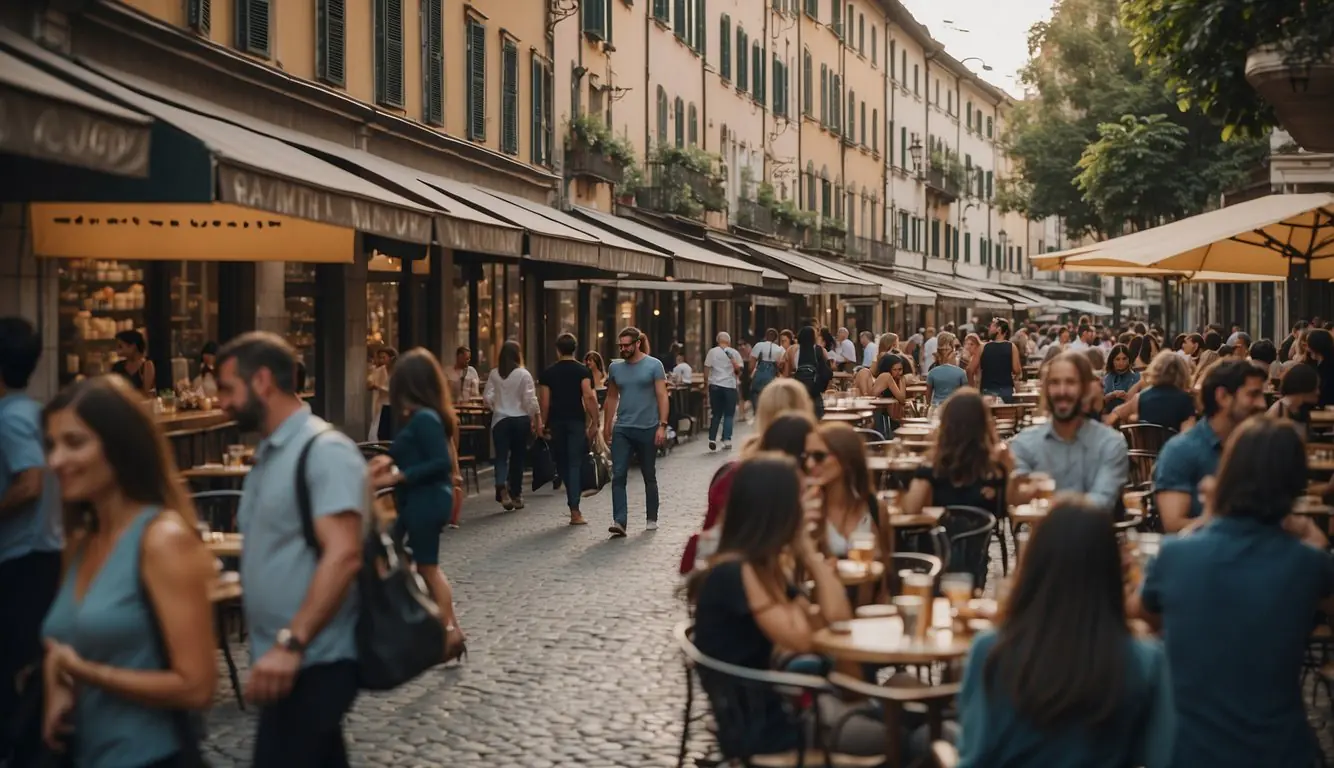
Milan serves as a beacon of culture and style, providing a rich palette of activities that cater to a variety of interests ranging from art and history to fashion and gastronomy.
Our journey into Milan’s lifestyle will unveil the city’s cultural pulse and the luxurious experiences it offers.
Embracing Milan’s Rich Cultural Heritage
We find ourselves amidst a treasure trove of historical landmarks and museums that are central to Milan’s identity.
The city is a testament to the Renaissance period, resonating with the legacy of great artists like Leonardo da Vinci whose Last Supper mural attracts countless visitors.
Milan’s heritage is closely tied to the Lombardy region, which tells the story of Italy’s rich past, allowing us to walk in the footsteps of history.
Cultural experiences extend beyond galleries, as Milan is renowned for its live opera performances in the historic La Scala theatre.
This world-class venue is an emblem of Italian classical music and provides an immersive way to experience the city’s vibrant culture firsthand.
Fashion, Shopping, and Culinary Experiences
Our exploration takes us to Milan’s illustrious role as the world’s fashion capital.
Exclusive boutiques and flagship designer stores line the famous Quadrilatero della Moda, offering unparalleled shopping experiences.
For fashion enthusiasts, Milan Fashion Week is a must-attend event that showcases the latest trends and creative prowess of top designers.
When it comes to indulgence, Milan’s culinary scene is equally impressive, with an array of restaurants that provide a taste of local and international cuisine.
Traditional Milanese dishes, such as risotto allo zafferano and ossobuco, can be savored in the city’s trattorias and contemporary dining establishments alike.
Our food journey takes us through the rich tapestry of flavors that define not just Milanese but also Italian gastronomy.
Embrace the art of living the Milanese way, enjoying the threads of art, fashion, and food that weave the fabric of this dynamic metropolitan center.
Whether you’re taking a curated tour of Milan’s museums or enjoying an aperitivo at a chic rooftop bar, Milan’s culture, leisure, and lifestyle are sure to leave an indelible mark.
Transportation and Mobility
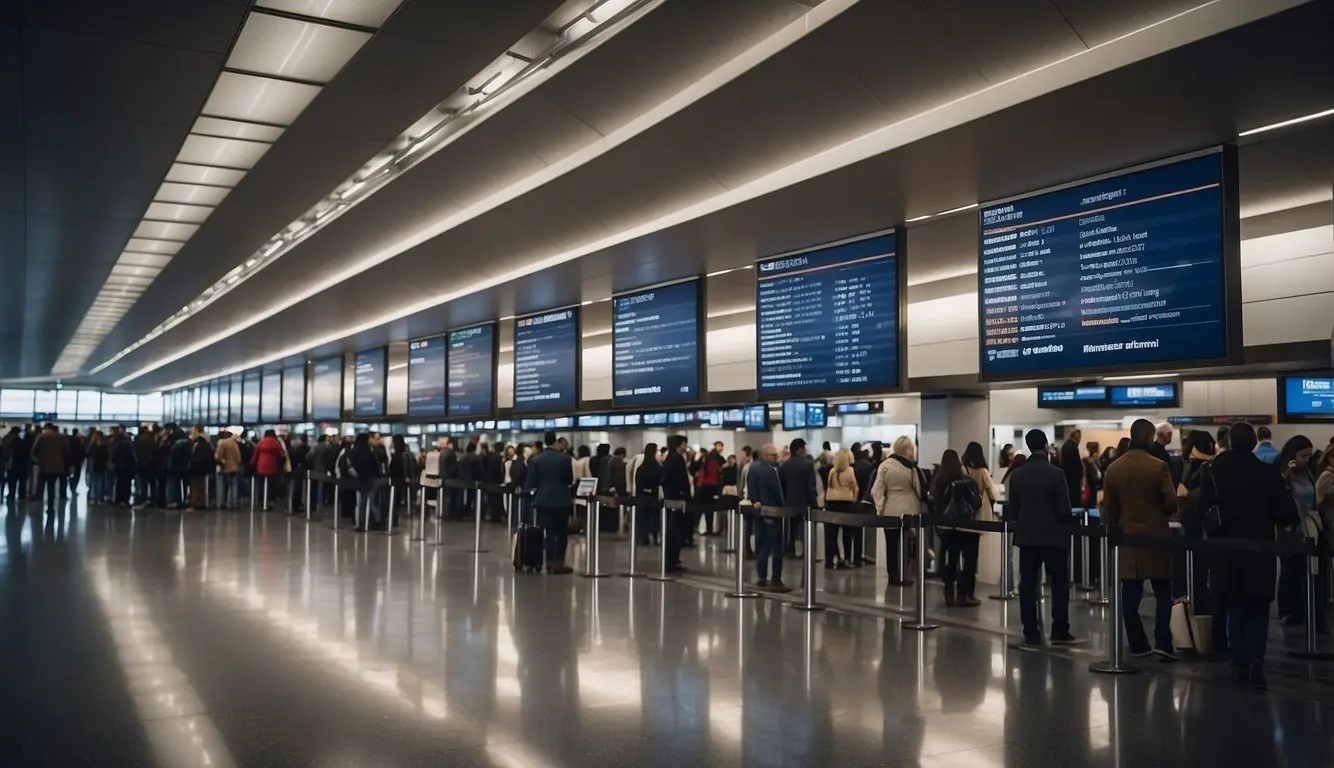
When moving to Milan, understanding the intricacies of the local transportation options is key to navigating the city efficiently.
We will delve into the well-structured public transport system and discuss commuting specifics, as well as guide you through the process of navigating the city’s airports for international travel.
Public Transport System and Commuting
Milan’s public transport network is extensive and reliable, incorporating a multitude of options including buses, trams, and an underground metro system.
The convenience of navigating Milan is facilitated by ATM, the Azienda Trasporti Milanesi, which operates the majority of public transport services within the city.
- Buses: There is a comprehensive bus network, with routes serving every district comprehensively.
- Metro: The metro system consists of four lines—M1, M2, M3, and M5—connecting major points of interest and making commuting straightforward.
For those living and working in the city, purchasing a monthly or annual ATM travel card can be cost-effective and convenient.
During peak hours, some traffic congestion may occur, but the efficiency and frequency of public transport services provide a reliable alternative to driving.
Navigating Airports and International Travel
Milan is uniquely served by three major airports: Malpensa, Linate, and Orio al Serio, each playing a significant role in both domestic and international travel.
Malpensa Airport, the largest of the three, operates a wide range of international flights.
There are direct train services from Milan Central Station to Malpensa, which make transfers convenient and efficient.
- Malpensa (MXP): Located approximately 50 km northwest of central Milan and connected by the Malpensa Express train service.
- Linate (LIN): Much closer to the city center, mainly handles domestic flights and some European destinations.
- Orio al Serio (BGY): Situated in the nearby city of Bergamo, it is a hub for low-cost airlines with many international connections.
For those of us based in Milan, Linate serves as the primary choice for shorter, more frequent travel due to its proximity, while Orio al Serio is favoured for budget-conscious international travel.
It’s important for us to check the specific airport requirements and facilities in advance to ensure a smooth journey.
Living in Milan for Expats

Moving to Milan as an expat involves navigating Italian bureaucracy and adjusting to the local lifestyle.
We’ll go over the necessary documentation and ways to integrate into the Milanese community.
Residency and Documentation Essentials
When we move to Milan, the initial step is handling the residency and documentation required to live legally in Italy.
For EU nationals, this is significantly simpler; we do not need a visa to enter and live in Italy.
However, securing a codice fiscale, Italy’s tax code, is crucial for everyone, as it is required for many everyday activities, including opening a bank account or signing a lease.
There’s a common struggle with Italian bureaucracy, but with patience and preparedness, we can efficiently set up our new lives.
Documentation checklist for relocating to Milan:
- Codice fiscale: Apply as soon as possible.
- Residence registration: Required for stays longer than three months for EU nationals and immediately for non-EU expats.
- Permit of stay (permesso di soggiorno): Mandatory for non-EU international residents.
- Bank account: Essential for financial transactions and receiving salary.
To help familiarize ourselves with these processes, platforms like InterNations offer comprehensive guides tailored to expats.
Adjusting to Life in Milan and Finding Community
Settling into a different country can be challenging, but we can make a smooth transition by embracing the unique climate and culture of Milan.
The city enjoys a varied climate, with hot summers and cold, foggy winters.
Knowing some Italian language basics upon arrival can be highly beneficial, enhancing our daily interactions and helping us feel more at home.
Ways to find community and adjust:
- Join expat groups: Platforms like InterNations provide a place for French expats and other international groups to connect.
- Language classes: Attending Italian language courses to better communicate and engage with locals.
- Social and cultural events: Participation in local events fosters a sense of belonging and helps us immerse in the Milanese lifestyle.
Health, Safety, and Well-Being

When relocating to Milan, it’s crucial to have a sound understanding of how to navigate the public healthcare system and ensure personal safety.
We’ll explore how to access necessary health services and take measures to protect ourselves in a new environment.
Accessing Public Healthcare and Services
Italy offers a comprehensive public healthcare system, which provides a variety of medical services to residents, including those in Milan.
Once we become residents, we can register with the Servizio Sanitario Nazionale (SSN) to gain access to healthcare services.
It’s important to obtain a health insurance card, known as a Tessera Sanitaria, which will be our ticket to receiving medical treatments, prescription medications, and access to emergency services at a reduced cost or free of charge.
Ensuring Personal Safety and Security
Milan, like any major city, requires us to be mindful of our personal safety and security.
We should stay informed about the areas in Milan where crime rates might be higher and exercise the usual precautions, such as avoiding poorly lit areas at night and keeping our personal belongings secure.
The local law enforcement is reliable and should be contacted in case of any emergency. It’s advised to familiarize ourselves with the local emergency numbers, such as “112” for general emergencies.
Conclusion
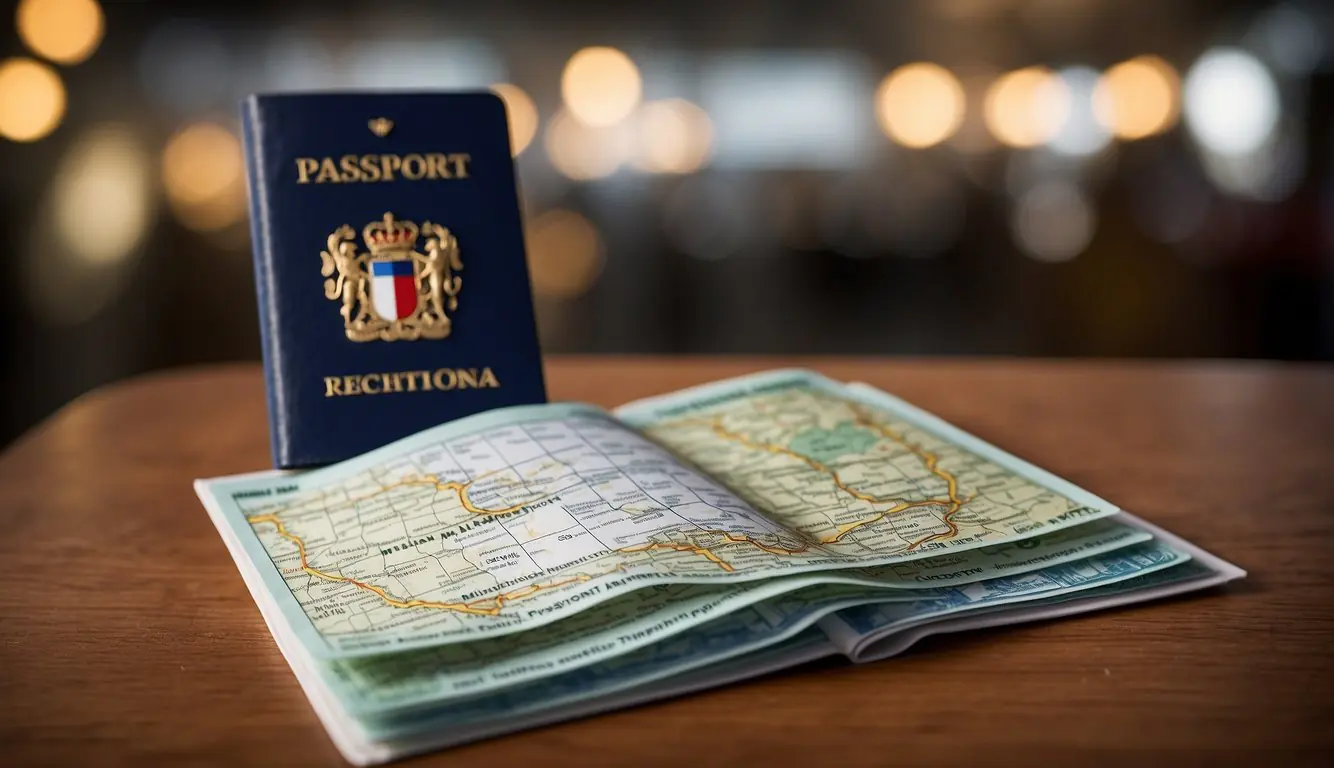
In the process of relocating to Milan, we’ve observed that it requires careful planning and adherence to various immigration requirements.
First and foremost, obtaining a tax identification number and a residence certificate is crucial.
Non-EU nationals will likely need a permesso di soggiorno, a permit of stay, to legally reside in Italy.
We must ensure all documents are prepared and applications are submitted within the given deadlines.
Visa options vary depending on the country of origin and the purpose of stay, whether it’s for work, study, or family reasons.
Among the key steps we’ll undertake:
- Apply for a visa if required for entry into Italy.
- Secure a tax identification number for financial and administrative procedures.
- Obtain a residence certificate to legally reside in Milan.
- If necessary, acquire the permesso di soggiorno within 8 days of arrival in Italy.
Milan is a city of opportunities, rich in culture, and fashion-forward.
By following the correct procedures and having the required documentation, we can transition smoothly into our new life in this vibrant metropolis.
With the right preparation, our move to Milan can be a fulfilling and exciting endeavor in one of Italy’s most cosmopolitan cities.
Frequently Asked Questions
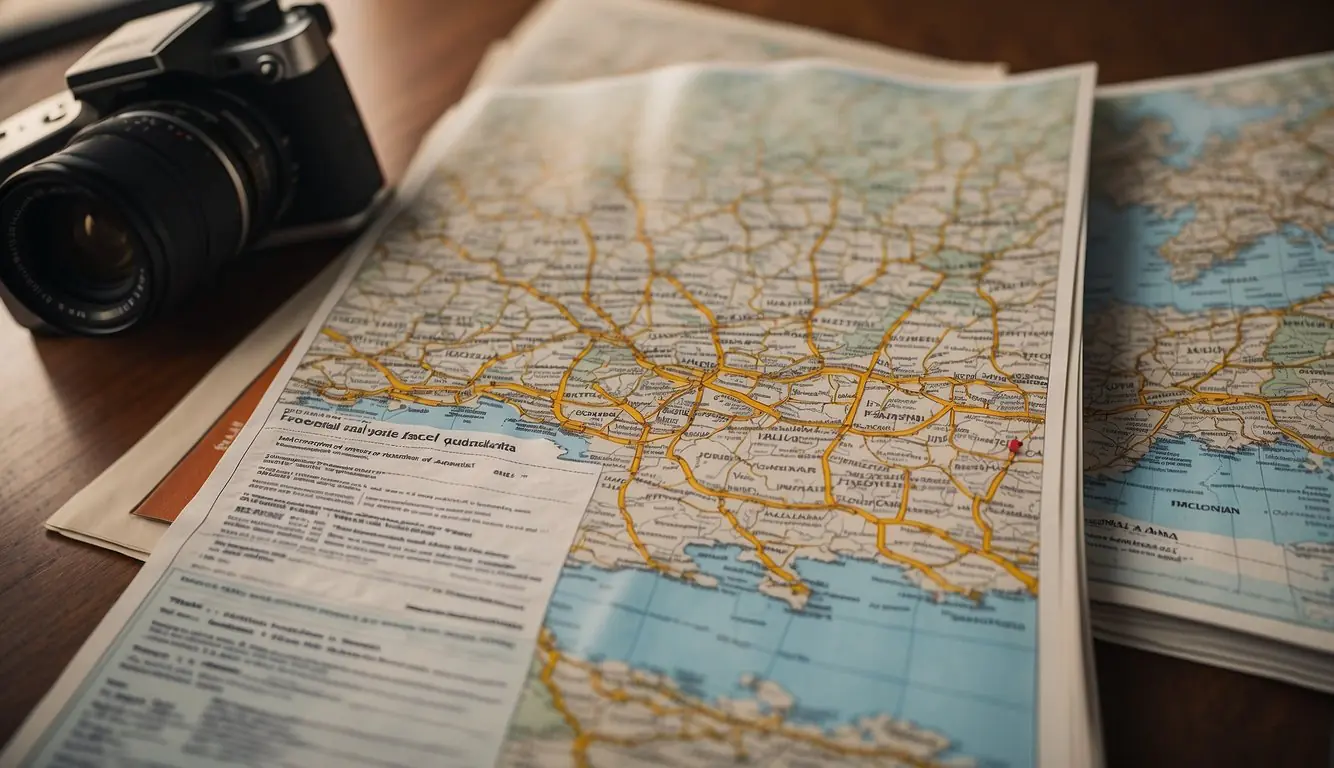
As experts on the topic, we’ve compiled a list of common questions U.S. citizens may have when considering a move to Milan. From visas to property considerations, we’ve outlined what you need to know about the immigration process.
What are the requirements for obtaining a visa to live in Milan as a U.S. citizen?
U.S. citizens looking to live in Milan must first determine the type of visa they require, which is typically contingent on their purpose for relocating, such as work, study, or family reunification.
A long-stay visa, also known as a National or D visa, is necessary for stays exceeding 90 days.
The permesso di soggiorno is also a key requirement for establishing residency after arrival.
Details can be found in our guide on what you should know and do for a move to Milan.
How does owning property in Italy affect the duration of my permitted stay?
Owning property in Italy does not grant automatic residency rights. However, it could facilitate the visa process, especially for elective residency visas, where you must demonstrate financial self-sufficiency and a place of living without engaging in employment.
For specific visa durations and terms, consult the Italian Consulate or an immigration requirements guide.
What is the process for a U.S. green card holder to apply for an Italian visa?
U.S. green card holders should apply for an Italian visa through the nearest Italian Consulate in their jurisdiction before departure.
The process involves submitting the required documentation, which may vary based on the visa category—work, family, study, or otherwise.
For more comprehensive steps, refer to resources provided by the Comune di Milano.
Are there any programs available that provide financial incentives for moving to Italy?
Italy sometimes offers financial incentives to attract residents, such as a favorable tax regime for workers or retirees moving to the country and a reduced income tax rate for certain workers.
These incentives are subject to change and eligibility requirements; therefore, always check the most current Italian financial incentive programs for movers.
What challenges might Americans face when relocating to Milan?
Americans may face challenges related to language barriers, cultural differences, and navigating administrative procedures involved in securing housing, healthcare, and schooling.
It’s also essential to understand the legal obligations like tax liabilities.
Proper preparation can mitigate these challenges, and resources such as the City of Milan’s welcome guide can be particularly useful.
What steps should be taken to apply for immigration to Italy?
The application process for immigration to Italy starts with determining the appropriate visa type and gathering necessary documentation.
After obtaining your visa, within eight days of arriving in Italy, you must apply for a permesso di soggiorno (residence permit).
The process involves submitting an application kit at the local post office and attending a subsequent appointment at the Questura (police headquarters).
A step-by-step guide for the permesso is available on websites like How to Obtain a Permesso di Soggiorno.
